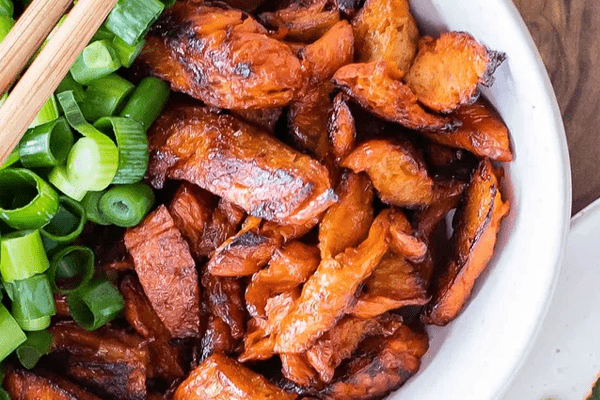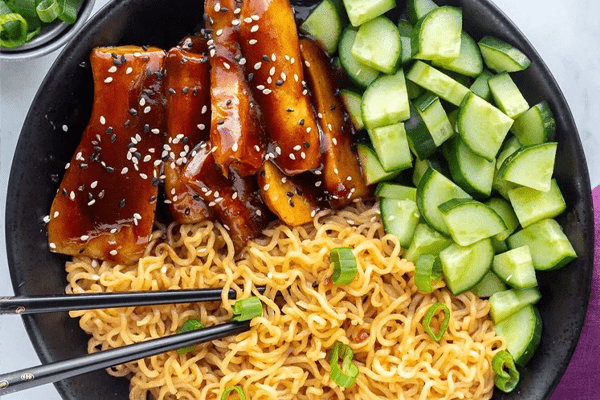
All About Duck
About ducks
Ducklings are smarter than we give them credit for. Research has shown that they have abstract thoughts, something that was only thought possible with primates and other highly intelligent animals! They have the ability to discriminate between abstract relational concepts without any reinforcement or training [1].
The industry
Around the world, approximately 11 million ducks are killed every single day. That equates to over 4 billion a year [2]. Australia’s duck meat industry is unfortunately growing, currently sending around 8-million to slaughter every year [3]. Commercial operations vary, with farms having between 6,000 and 50,000 ducks at one time [4].
Ducks are kept inside sheds, which are either open-sided for some natural ventilation or fully enclosed [5]. After hatching inside an incubator, they are placed inside the shed where they will spend the next 6 to 7 weeks [6]. The sheds hold up to 18,000 birds, allowing just one square metre of space per 5 ducks. They will never get to go outside [7].
The stress of confinement, boredom, and overcrowding can lead to cannibalism in ducks. The unnatural living situation can cause them to bully and peck at one another. As a result, farmers can remove the rim of the front of the upper bill using a commercial beak-trimming machine. It has a heated cauterising blade that trims the beak [8, 9]. Beak trimming is incredibly painful for the ducks, as their beaks are as sensitive as our fingertips and palms, full of nerve endings [10].
All ducks in Australia are farmed without access to open water, despite it being necessary for their health and wellbeing. They are only given water from nipple drinkers. Ducks use water to clean their eyes, nostrils, and feathers and spend most of their time floating on the water’s surface [11]. The lack of water means that they are forced to carry their body weight for the full 6 to 7 weeks. This places stress on their fragile legs and can cause disorders such as splayed legs, fractured or broken bones, and foot sores.
The sheds either have wire or mesh flooring that allows waste to fall below the ducks, or litter to absorb the waste. Both have major welfare issues. The wire and mesh flooring can cause abrasions, bruises, and tears to their sensitive feet, and also has the risk of wings becoming caught in the grating, leaving them to starve to death [12]. If floor litter is used, it is not changed during the ducks 42-49 days of life. Duck faeces is 90% water [13]. The wet litter can cause footpad lesions or hyperkeratosis, whilst injured ducks, or ducks without the strength to stand, may suffer from painful breast blisters caused by the ammonia from the ongoing build-up of waste matter.
Ducks are slaughtered at just 6 to 7 weeks old when they have reached a weight of ~2.9kg. This is a drastically shorter life span of their potential 12 years. Once they arrive at the slaughterhouse, they are hung upside-down by their fragile legs, which can cause dislocation. They are dragged through an electrified bath before having their throats slit. The ducks panic and often lift their heads above the bath and blade, and are left to have their throats slit by a worker.
The environment
Ducks require approximately 2.15kg of food to produce just 1kg of duck meat [14], or around 8kg during their life [15]. It is estimated that 4,325 litres of water is used to produce just 1 kilogram of duck meat [16]. While these amounts are less than those for cattle, pigs, and sheep, ending our consumption of these animals will still save natural land, water, and feed.
Our health
Despite being sold as a “healthy” meat choice, ducks on farms have a high risk of illness, due to poor husbandry, their inability to clean themselves, and the prevalence of faeces. Many suffer from Anatipestifer Disease, which is primarily thought to occur through trauma to the delicate feet. It causes diarrhoea, lethargy, respiratory, and nervous system issues. Others suffer from dyspnoea (trouble breathing), ocular and nasal discharge, coughing, sneezing, tremors of the head and neck, weakness and incoordination [17 PDF]. When ducks die before reaching the slaughterhouse, they enter the food system as feed for farmed animals. The Department of Agriculture, Fisheries, and Forestry allow for same species feeding (forced cannibalism) – meaning, ducks are being fed ducks, along with other rendered animals and their body parts (chickens, hoofs, hide, fish, and wool etc.) [18].
With the domestication of animals came a range of diseases that most likely wouldn’t have impacted humans otherwise – for example, SARS, Ebola, mad cow, bird flu, whooping cough, typhoid fever, and influenza [19]. Influenza started as an intestinal bug in ducks. It sits in their intestinal lining and as they secrete, it enters the water and is consumed by another duck, continuing the cycle. When ducks were mixed with land-based avian species – chickens – it infected them, and then mutated to find a new way to spread, eventually mutating to infect humans [20]. Keeping ducks in unnatural, cramped conditions, is providing conditions for viruses to potentially mutate. One of the key reasons that ducks are farmed in sheds is to reduce the risk of contracting diseases from wild birds.

Vegan ‘Duck’ Recipes
Every year around 4 billion ducks are killed for human consumption. By shifting your demand from animal flesh to plant-based meals means that you can help reduce this number and support a more sustainable future.
Pre-Made Mock Duck
These mock ‘duck’ products mimic the taste and flavour of duck meat. You can use these in any of your recipes.
Plant Asia – Plant-Based Roast Duck (Woolworths)
Lamyong – Vegetarian Duck (Asian grocer, Vegan Grocery Store, All About Empathy, Online)
Peking “Duck”

Meet Quacker
Back in February 2015, Quacker was one of two ducklings rescued from an intensive duck farm where they were being fattened up for slaughter with no water to swim in or bathe in – natural behaviours for ducks; and they had no mother to keep them safe and warm just in a shed with thousands of other scared little ones wandering around in their own poo.
Quacker had a severely deformed beak, which resulted in his nostrils closing up and exposing his tongue, which due to the conditions inside the shed had become dry and scabby. Somehow he adapted to his situation and learnt to eat and drink, though his breathing was always laboured.
Quite a vocal duck from the time he arrived at A Poultry Place at no more than four weeks old he quickly made friends with some of the other resident ducks and found a bestie in another Pekin duckling who arrived 10 days later a result of a school hatching project. The two became inseparable as they navigated their way to duck adulthood.
Despite expectations, Quacker enjoyed two-and-a-half years of being one of the flock in the duck paddock at A Poultry Place before he passed in August 2017. He had defied expectations of his longevity and had got to experience the normal life of a duck – he had a dam to swim in, friends to play with, safe and secure shelter, a healthy diet and experienced loved from humans rather than being seen as a commodity. He had become quite the charmer and would always approach visitors to say hello.






